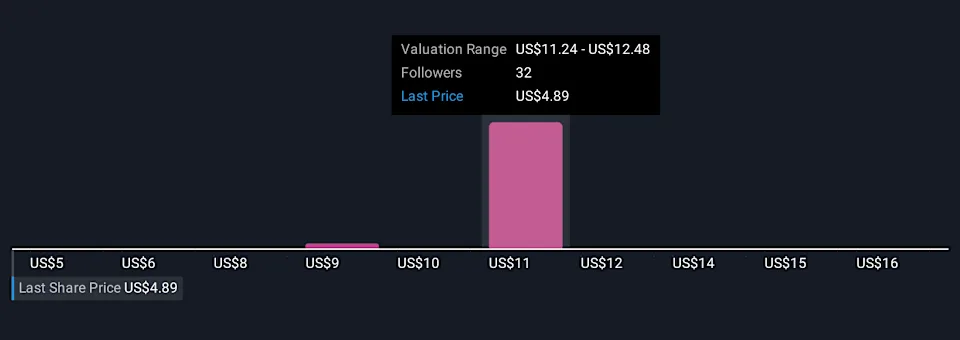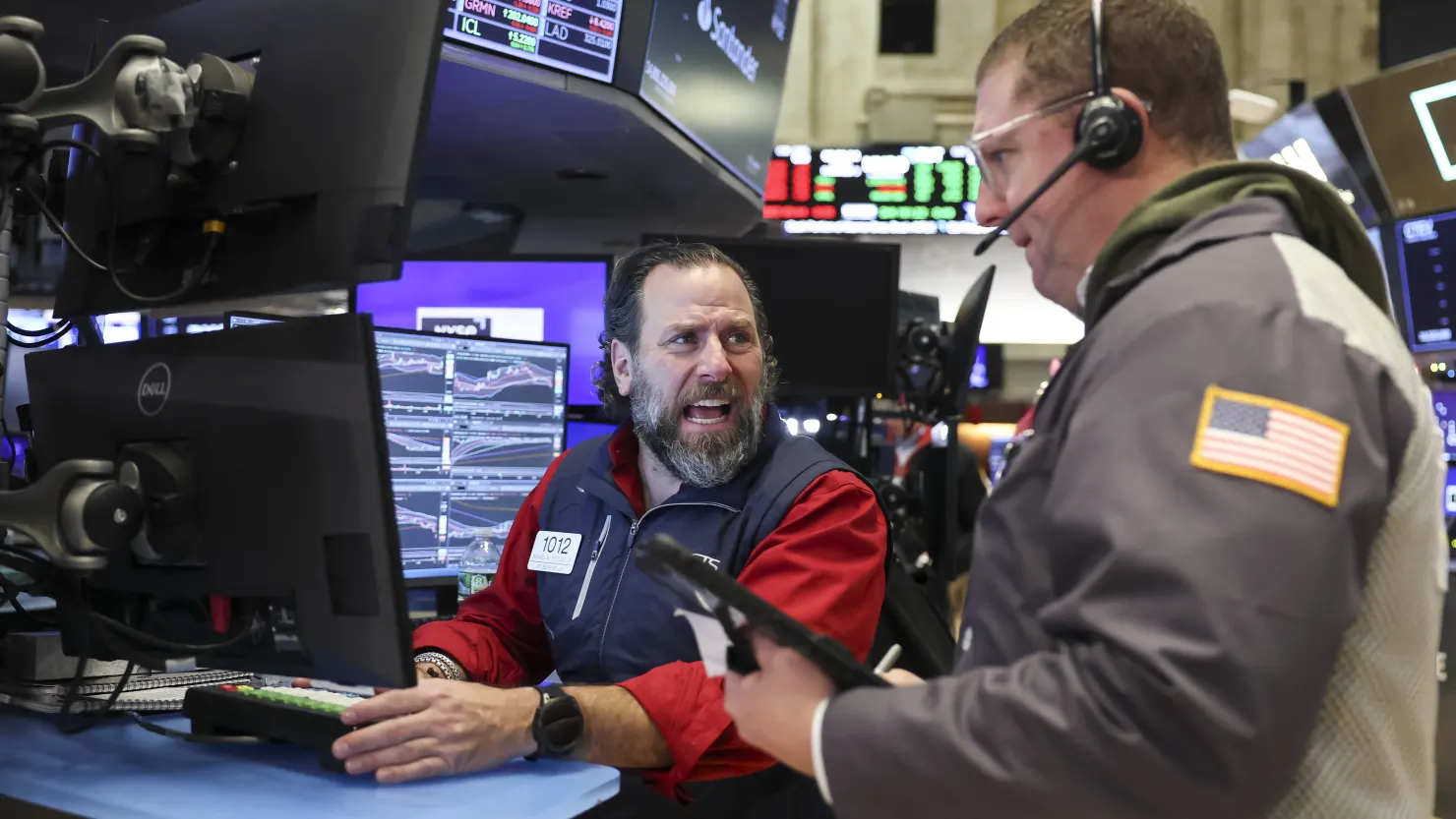Apple Inc. has once again captured Wall Street’s attention, as the tech giant’s stock surged past a key technical resistance level, signaling what many analysts view as a fresh buying opportunity. After months of mixed sentiment driven by regulatory pressures, supply-chain uncertainties, and a slowing global smartphone market, Apple appears to be regaining its momentum—fueled by improving investor confidence, strong product demand, and a series of bullish analyst upgrades.
A Renewed Wave of Optimism
Investor sentiment around Apple had cooled earlier in 2025 amid concerns about weaker iPhone sales in China and slower growth in its services division. However, the tide began to turn as new data suggested stronger-than-expected demand for the recently launched iPhone 17 lineup. The company’s shares have climbed steadily since the product’s release, and this week, they officially broke above a key technical “buy point,” marking a potential breakout in the company’s stock trajectory.
Analysts point to several converging factors behind this shift: improving global consumer demand, easing inflationary pressures, and confidence in Apple’s ability to monetize its vast ecosystem. “Apple’s resilience is unmatched,” said one market strategist. “When investors get nervous about the tech sector, they often find safety in Apple. It’s not just a company—it’s a consumer behavior platform.”
Strong iPhone 17 Performance and Hardware Resurgence
The iPhone 17’s early success has become a central narrative in Apple’s current rally. Early indicators suggest that demand has been particularly strong for the Pro and Pro Max models, both of which feature significant camera and performance upgrades. In markets like the United States, India, and Japan, pre-orders reportedly exceeded expectations, and Apple’s premium pricing strategy continues to pay off.
In China, where Apple faced headwinds earlier in the year, reports suggest a mild recovery in sales momentum following aggressive promotions and expanded financing options. The company’s renewed marketing campaign—focused on its camera technology and artificial intelligence-driven features—has resonated well with consumers in key metropolitan areas.
Meanwhile, Apple’s wearables division, including the Apple Watch and AirPods, continues to perform steadily, complementing hardware sales and reinforcing the “ecosystem lock-in” that encourages consumers to stay within Apple’s product family.
Services Growth Remains Apple’s Secret Weapon
Beyond hardware, Apple’s services division—covering the App Store, iCloud, Apple Music, and Apple TV+—has become one of its most powerful growth engines. Despite regulatory scrutiny, the segment saw steady expansion, driven by higher subscription revenue and improved user engagement.
Recent data indicates that Apple now has over one billion paid subscriptions across its services ecosystem, a milestone that underscores the company’s successful pivot from a hardware-centric model to a recurring-revenue powerhouse. Analysts estimate that Apple’s services margin remains more than double that of its hardware business, providing a cushion against hardware cyclicality.
As one investment bank summarized in its recent note: “Apple’s services business provides consistency in a volatile market. Even if iPhone unit growth slows, recurring revenue from services keeps the engine running.”
Technical Momentum and Buy-Point Breakout
From a technical perspective, Apple’s recent stock movement has excited investors and chart watchers alike. After trading in a narrow range for several months, the stock broke above its 50-day and 200-day moving averages, crossing a major resistance level often identified as a “buy point” for growth stocks.
This breakout is accompanied by rising trading volumes—typically a bullish sign that institutional investors are accumulating shares. Technical analysts suggest that if Apple maintains its current pace, the stock could retest previous record highs, setting the stage for another rally heading into year-end.
Analyst Upgrades Boost Confidence
Multiple Wall Street firms have upgraded their ratings on Apple in recent weeks. Analysts cite improving fundamentals, robust free-cash-flow generation, and the company’s expanding foothold in artificial intelligence as reasons for optimism. Some firms have raised their 12-month price targets by as much as 15 %, projecting that Apple could outperform the broader tech sector through the next two quarters.
There’s also speculation that Apple is preparing to unveil new AI-driven software features in 2026 that could further enhance device integration and user experience—an area where investors believe Apple still has room to surprise the market.
Challenges Still Linger
Despite the optimism, Apple is not without challenges. Global competition remains fierce, particularly from Chinese smartphone manufacturers that are expanding into premium segments. Regulatory scrutiny over the App Store and digital privacy practices continues in both the U.S. and Europe, posing potential risks to service-related revenues.
Additionally, some analysts caution that the recent price rally may have pushed Apple’s valuation to elevated levels. With a price-to-earnings ratio well above its historical average, investors will be watching closely to see if upcoming earnings results justify the optimism. “Apple’s fundamentals are solid, but perfection is already priced in,” one analyst warned. “Any disappointment could trigger short-term volatility.”
The Broader Market Context
Apple’s rebound is also emblematic of a broader shift in market psychology. With inflation moderating and interest rates stabilizing, investors are once again gravitating toward high-quality tech names with strong balance sheets. Apple’s combination of dependable cash flow, global brand power, and innovation pipeline makes it a natural beneficiary of this rotation.
Moreover, Apple’s massive cash reserves—estimated at over $160 billion—give it extraordinary flexibility. The company continues to deploy capital toward share buybacks and dividends, actions that tend to support its stock during periods of market uncertainty.
Outlook: Positioned for a Resilient 2026
Looking ahead, Apple’s performance will likely hinge on three factors: sustaining iPhone 17 demand, expanding its AI and services offerings, and maintaining profit margins in a competitive global landscape. If the company delivers on these fronts, analysts believe Apple could reclaim its spot as the world’s most valuable company by early 2026.
For long-term investors, Apple remains a cornerstone holding—offering a balance of growth potential, stability, and consistent shareholder returns. For traders, the recent technical breakout represents a clear signal of short-term momentum, though it’s accompanied by the usual caution about overextension after a sharp run-up.
Conclusion
Apple’s latest resurgence showcases the company’s enduring appeal and remarkable ability to reinvent investor enthusiasm. Despite cyclical pressures and a challenging global environment, the world’s most iconic tech brand continues to prove that it thrives under scrutiny.
With strong fundamentals, renewed market confidence, and an ecosystem that keeps millions of consumers locked in year after year, Apple appears poised for another strong chapter in its storied market history. The stock’s breakout may just be the beginning of a broader upward trend—one fueled not by hype, but by Apple’s enduring mix of innovation, resilience, and strategic execution.
















Leave a Reply